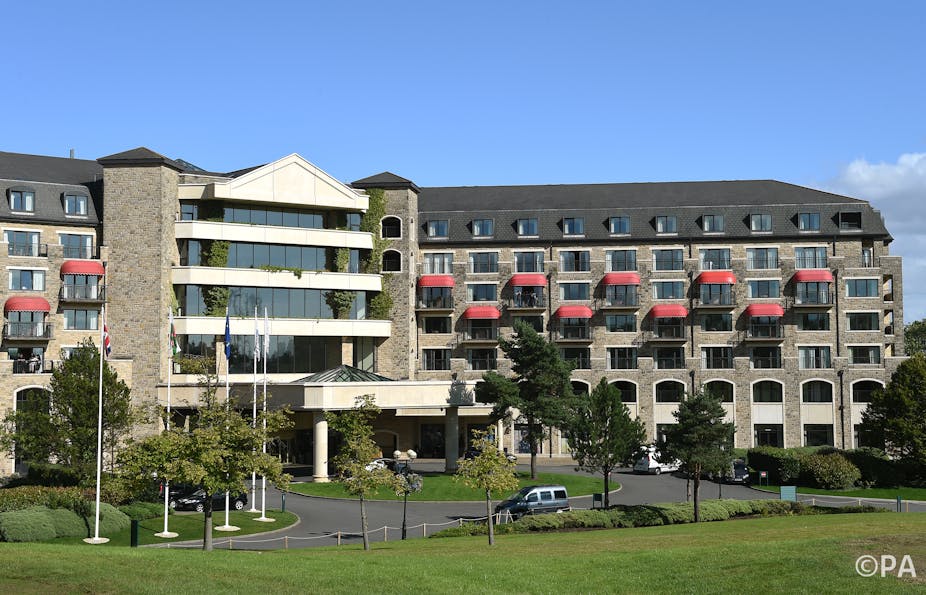World leaders are beginning to converge on Newport in Wales for two days to reflect on NATO’s aims and objectives, ahead of the organisation’s main summit on Thursday and Friday.
While in Wales, they’ll need to ponder their future in Afghanistan and get their heads around new cyber-threats. Afghanistan will be an important talking point in Wales, particularly given the fact that NATO’s International Security Assistance Forces are due to withdraw from the country at the end of the year. At the same time though, events in Ukraine have brought on old item onto the agenda: the Russian Federation.
All of this is in sharp contrast to the NATO London summit in 1990, the last time a NATO event was held in the UK. At that time, there was an explicit consensus that we were entering into a different period, one not predicated on the Soviet Union as a threat to the North Atlantic area, but rather an era of partnerships, assurance building and looking further abroad to sources of insecurity.
By 1994, NATO had launched its first combat operations against the then Yugoslav forces. At the same time, it was developing the Partnership for Peace programme, which allowed non-NATO member states to enter strategic relationships with NATO on their own terms.
At that time, NATO was involved in both combat and peace-keeping operations in Bosnia-Herzegovina, FYR Macedonia, Serbia and Kosovo. This bigger, broader NATO saw itself as a bringer of peace, but also as an unchallenged defensive alliance.
Some 24 years later, NATO is once again back in the UK – and once again looking to curb the threat posed by Russia. This puts it in a difficult position.
Same agenda, different priorities
The first problem that will need to be dealt with is Russia’s indirect threat to NATO. As “little green men” began popping up in Crimea, many in the West noted the pace and sophistication of the separatist operation. It looked like the manoeuvres must have been planned well ahead of time so that the political and combat conditions needed to destabilise Ukraine were ready.
The question for NATO member states like Estonia and Latvia, not to mention many other partner states, regards the threat of something similar on their borders. Once in place, these indirect operations are difficult to remove without a quick escalation of tensions. The uncertainty that all of these threats produce mean NATO has to take note at the summit.
But while the summit is likely to do something about the crisis and its possible spill over to NATO member states, such as stationing troops on a permanent basis in Eastern Europe (in addition to what already exists), it’s unlikely that anything will be done about Russia, specifically.
NATO member states do not agree on this issue and probably won’t reach a consensus in Wales. Some members, particularly in Southern Europe, are still insistent on bringing Russia back to the NATO-Russia Council, now suspended, while others particularly in the North and East are seeking a more robust response.
Member states have already agreed to create a 10,000 strong rapid-response force that could quickly deploy to NATO’s Eastern boundary should relations with Russia reach crisis point but there is reluctance to do more.
They may find themselves cornered. If the Kremlin continues to overplay its hand in Ukraine in the lead up to the NATO summit, there could be a greater convergence of opinion.
Summits like these are notorious for producing the lowest common denominator but while we have a good idea about what that means in Afghanistan we don’t yet know what it is in Ukraine. A new political landscape calls for entirely new approaches if the old problem of Russia is to be resolved.

